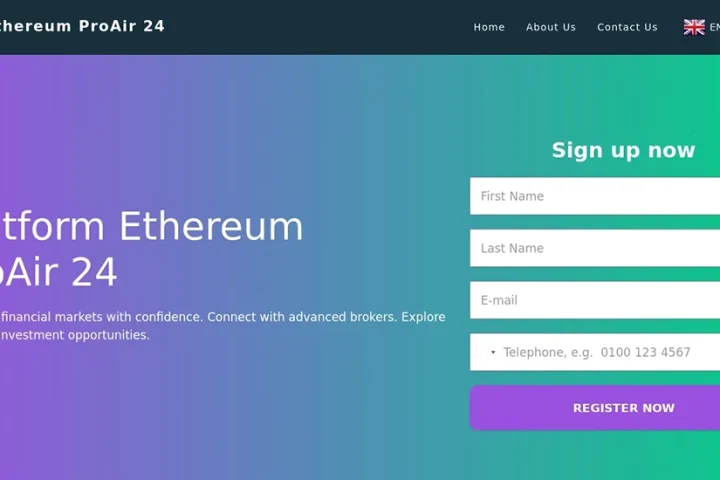By 2021, there will be over 31 billion IoT devices around the world, influenced by cloud deployment to edge technology. Ali Sleiman, Technical Director, MEA at Infoblox discusses what that means.
Please describe your leading products and solutions in the area of Networking, 5G and IoT.
It a very dynamic 5G and IoT market, the 5G chipset market has evolved quite a bit with major 5G baseband vendors announcing a second generation of chipset followed by a third generation for the most advanced players, new players emerging, one old player leaving the 5G baseband market is Intel and another one threatening the future development of its chipset portfolio. There is quite a variation of the development of such chipsets. Recently, around 17 5G chipsets had been in development or released, some chipsets could be considered as commercially available by vendors such as Qualcomm, Huawei, Samsung and Mediatek.
By 2021, there will be over 31 billion IoT devices on the internet around the world influenced by cloud deployment to edge technology. This is an enormous number of devices all of which will generate a massive amount of data from smart devices and other business implementations of solution that can help business take advantage of this data and analytics to capitalise on such collected information.
You can think of innovators like Intel IoT Platform which is an end-to-end reference model that works with third party solutions to provide a foundation for seamlessly and securely connecting devices, delivering trusted data to the cloud, and providing value through analytics. Another is Connexa a leader in cutting-edge power products and systems, with a full line of solar products, electrical distribution racks, control panels, components, and Software Motor Company, Armis an enterprise-class first security, and many more other vendors. Regardless of the vendors, organisations need to think of the best IoT integrated solution to enable them to have more consumer share and enhanced business.
What have been the latest innovations and developments in the area of Networking, 5G and IoT?
When we are talking about 5G and IoT we have to think about technologies that can bridge the digital and physical world striving toward more automation. When you think of autonomous decisions like smart factories, autonomous vehicles, smart facilities, cities in IoT. As a start, this requires you to have the right resources to deal with the amount of data, analyse it to leverage it later to your advantage.
This is why vendors that provide edge technology, edge computing analysis play a critical role in 5G and IoT alike. During November 2017 webcast, IDC stated that by 2020, IT spending on IoT edge computing edge infrastructure will reach up to 18% of the total budget spend on IoT Infrastructure. Similarly, Gartner forecasts worldwide 5G network infrastructure revenue to reach $4.2 Billion in 2020 and that 7% of CSPs worldwide have already deployed 5G infrastructure in their networks.
Innovations in artificial intelligence, blockchain, natural language processing and 5G telecommunications made news recently and will continue to do so for the next decade making a huge impact on how organisation do business and interact with their customers, just take a look at how 5G is transforming healthcare, manufacturing and other type of businesses.
From Infoblox perspective, the company has invested quite a while ago in being 5G and IoT ready. Infoblox continues to innovate in this space to enable organisations eliminating DNS from being the bottleneck of implementing 5G and enabling their capability of serving DNS/IP address resolution for the massive number of devices connecting into the network.
Has the pandemic been responsible for driving innovation and new use cases in the area of Networking, 5G and IoT?
The pandemic has expedited the innovation of already planned development and perhaps created more use cases to consider. For example, the infrared body temperature measuring devices have become the most important medical equipment that are being used at checkpoints of offices, airports, hotels, hospitals, train stations and elsewhere. working from home securely to ensures business continuity as well as facilitates social distancing properly. We can see how such technologies enabled secure access to data, enterprise applications, virtual meetings, cloud conferencing to ensure business continue to deliver with minimal or no impact. Such capabilities are made and can be made possible by innovative solutions in the 5G and IoT space.
Please describe the typical journey of an end user organisation while considering new use cases across 5G and IoT.
According to Gartner end-user organisations in the manufacturing, services and government sectors, for example, are less likely to be willing to pay a premium for 5G than telecom companies, which are willing to pay a 5G premium for their internal use. Although 5G is seen as the future of a network evolution and enabler of of IoT and digital business, 5G vendors continue to work hard to create value add propositions that encourage customers to start 5G migration projects.
Which are the leading market segments globally that can drive new use cases around IoT and 5G?
The slow adoption of 5G is related to the fact that a large portion of the use cases don’t require 5G to function effectively, which is relatively small number of the uses case which will require a combination of very high data rates and very low latency. For example, segments like videos and fixed wireless, Autonomous Vehicle market including leading vendors, Including Software as a Service Infrastructure as a Service, Platform as a Service, regardless of the deployment model whether it is Public Cloud, Private Cloud, Hybrid Cloud, and Community Cloud.
























